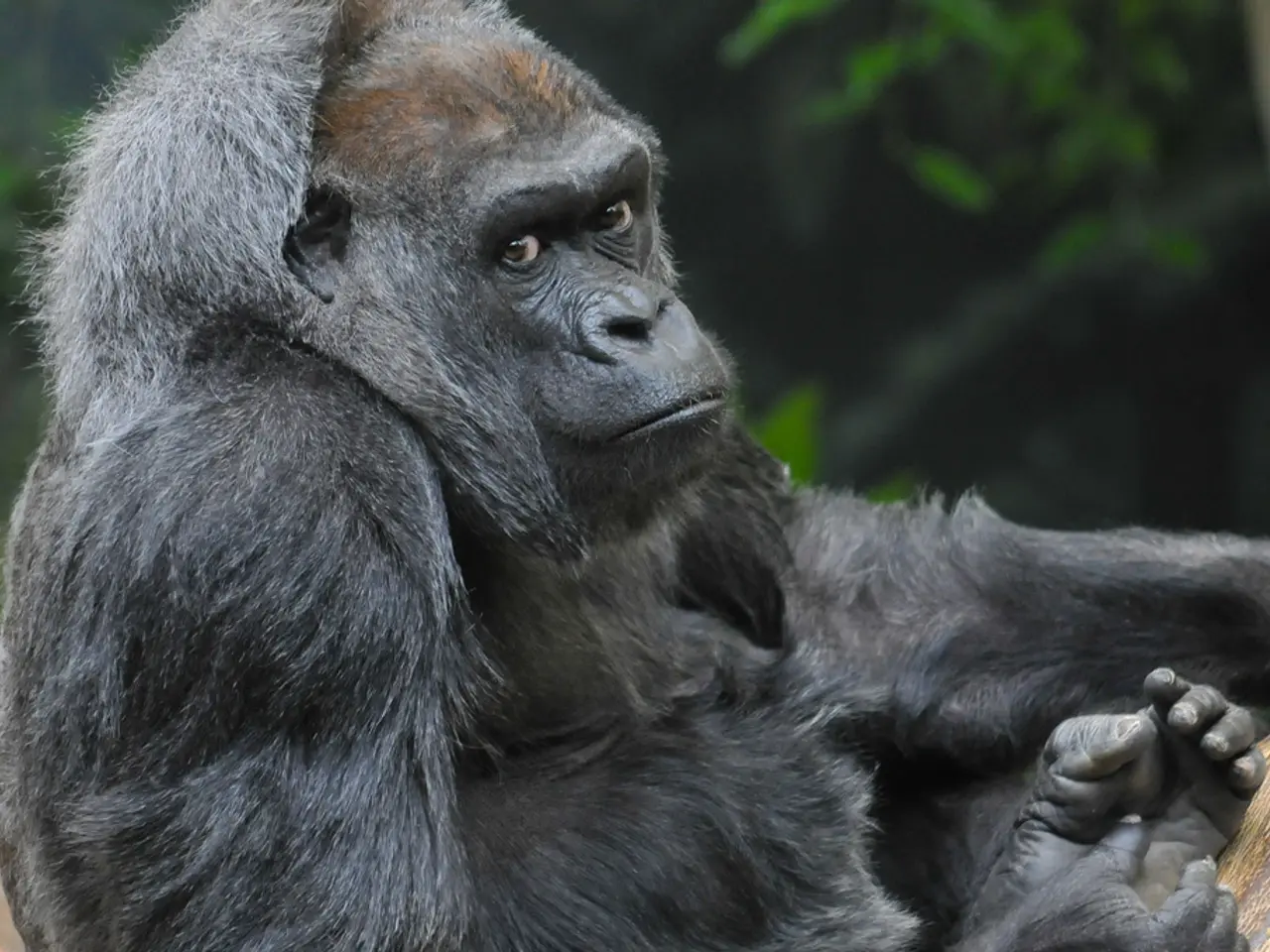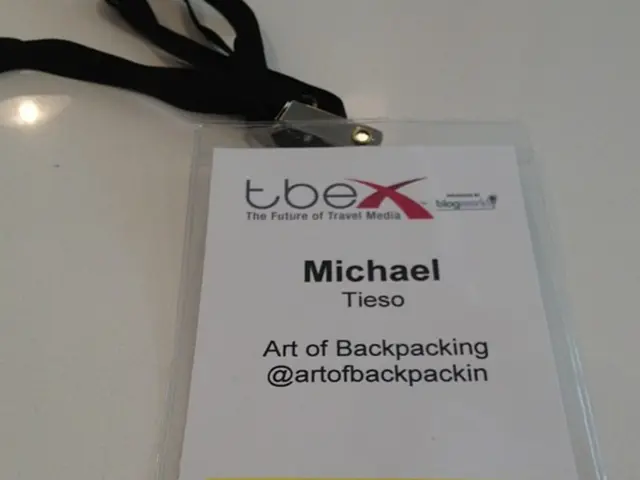Loudspeaker-Equipped Monkey: Investigating the Exceptional Vocal Capabilities of Howler Monkeys
In the heart of the rainforest, the howler monkey's distinctive calls echo through the dense foliage, serving as a testament to the intricate balance of nature. Each species in this ecosystem plays a role in the survival of others, and the howler monkey is no exception.
The extraordinary vocal range and loud howls of howler monkeys are primarily due to unique physical adaptations of their vocal apparatus. An enlarged hyoid bone, a hallmark of these primates, acts like a resonating chamber, amplifying sound. This enlarged hyoid, combined with specially adapted vocal cords and throat structures, allows their calls to travel long distances through the rainforest [2][3].
Key physical adaptations and mechanisms include an enlarged hyoid bone that functions as an acoustic resonator, specialized vocal cords, and a vocal tract supporting enhanced vocal projection and sound resonance [3]. Among howler monkeys, males with larger hyoid bones tend to have deeper calls, suggesting that these vocal adaptations also play a role in social dominance and mating competition [2].
These adaptations enable howler monkeys to use their howls for long-distance communication and territorial displays in dense forest environments where visibility is limited [2][3]. Howler monkey calls are not just a means of communication, but also a vital part of the ecosystem. Other animals interpret these vocalizations and use them as cues for their own behaviours [4].
However, these primates face numerous challenges. Human activities such as deforestation, agriculture, and urban development are encroaching on their territories, disrupting their communication networks. The dense rainforests where howler monkeys reside enhance the effectiveness of their calls due to the forest's natural acoustics, making them particularly vulnerable to disruptions [5].
Conservation efforts for howler monkeys require a multifaceted approach, addressing both the preservation of their habitats and the reduction of human-wildlife conflict. Education and awareness campaigns are crucial in conserving these fascinating creatures, encouraging people to appreciate their value and take action to protect their natural habitats [1].
The howler monkey has become an ambassador for conservation, inspiring people to take action through media. Their distinctive calls have been featured in documentaries, films, and music, capturing the imagination of audiences worldwide [6]. The story of the howler monkey serves as a reminder of our responsibility to preserve precious ecosystems for future generations.
Efforts are underway to establish protected areas and promote sustainable land-use practices that benefit both local communities and wildlife. By understanding and appreciating the role these creatures play in the rainforest ecosystem, we can work together to ensure their survival and the survival of the rainforest itself.
References:
- Conservation International. (n.d.). Howler Monkeys. Retrieved from https://www.conservation.org/species/howler-monkey
- Galetti, M., & Rylands, A. B. (2004). Howler monkey vocalizations and social behaviour. In M. Galetti & A. Rylands (Eds.), The howler monkey: Ecology and behavior (pp. 185-214). University of Chicago Press.
- Leutenegger, T., & Leutenegger, M. (2009). The evolution of howler monkey vocalizations. In M. Galetti & A. Rylands (Eds.), The howler monkey: Ecology and behavior (pp. 215-238). University of Chicago Press.
- Rylands, A. B., & Macedo, A. (2004). Howler monkey social structure. In M. Galetti & A. Rylands (Eds.), The howler monkey: Ecology and behavior (pp. 139-184). University of Chicago Press.
- Strier, K. B. (2004). Howler monkey ecology. In M. Galetti & A. Rylands (Eds.), The howler monkey: Ecology and behavior (pp. 3-58). University of Chicago Press.
- WWF. (n.d.). Howler Monkey. Retrieved from https://www.worldwildlife.org/species/howler-monkey
- The loud howls of howler monkeys, a result of unique physical adaptations in their vocal apparatus, travel long distances through the rainforest, highlighting the importance of these sounds in the survival and communication of various species.
- The enlarged hyoid bone in howler monkeys functions as an acoustic resonator, enhancing sound projection and resonance, which contributes to their distinctive vocal range.
- Howler monkeys use their vocalizations for territorial displays and long-distance communication, particularly in dense forest environments where visibility is limited, allowing other animals to interpret these vocalizations as cues for their behaviors.
- The unique vocal adaptations in howler monkeys are not only essential for communication but also have implications for social dominance and mating competition within the species.
- Human activities such as deforestation, agriculture, and urban development pose serious threats to howler monkeys by disrupting their communication networks and encroaching on their territories, making them particularly vulnerable due to the rainforest's natural acoustics.
- Conservation efforts for howler monkeys involve protecting their habitats and reducing human-wildlife conflict, highlighting the role of education and awareness campaigns in encouraging people to appreciate their value and take action to protect their natural environments.
- The story of howler monkeys has captivated audiences worldwide, with their distinctive calls featured in documentaries, films, and music, spreading awareness about the importance of preserving precious ecosystems like rainforests.
- Efforts are underway to create protected areas, implement sustainable land-use practices, and foster cooperation between local communities and wildlife for the conservation of both howler monkeys and the rainforest ecosystem as a whole.




